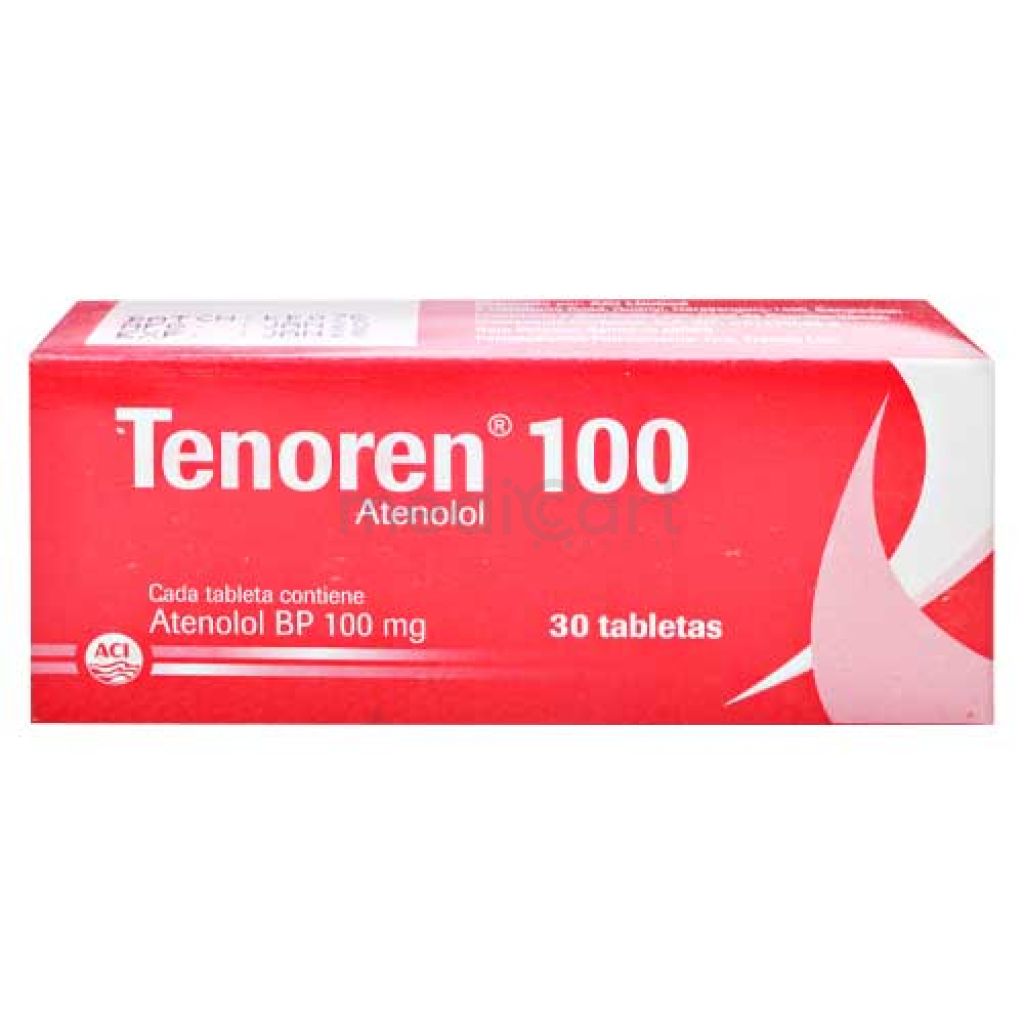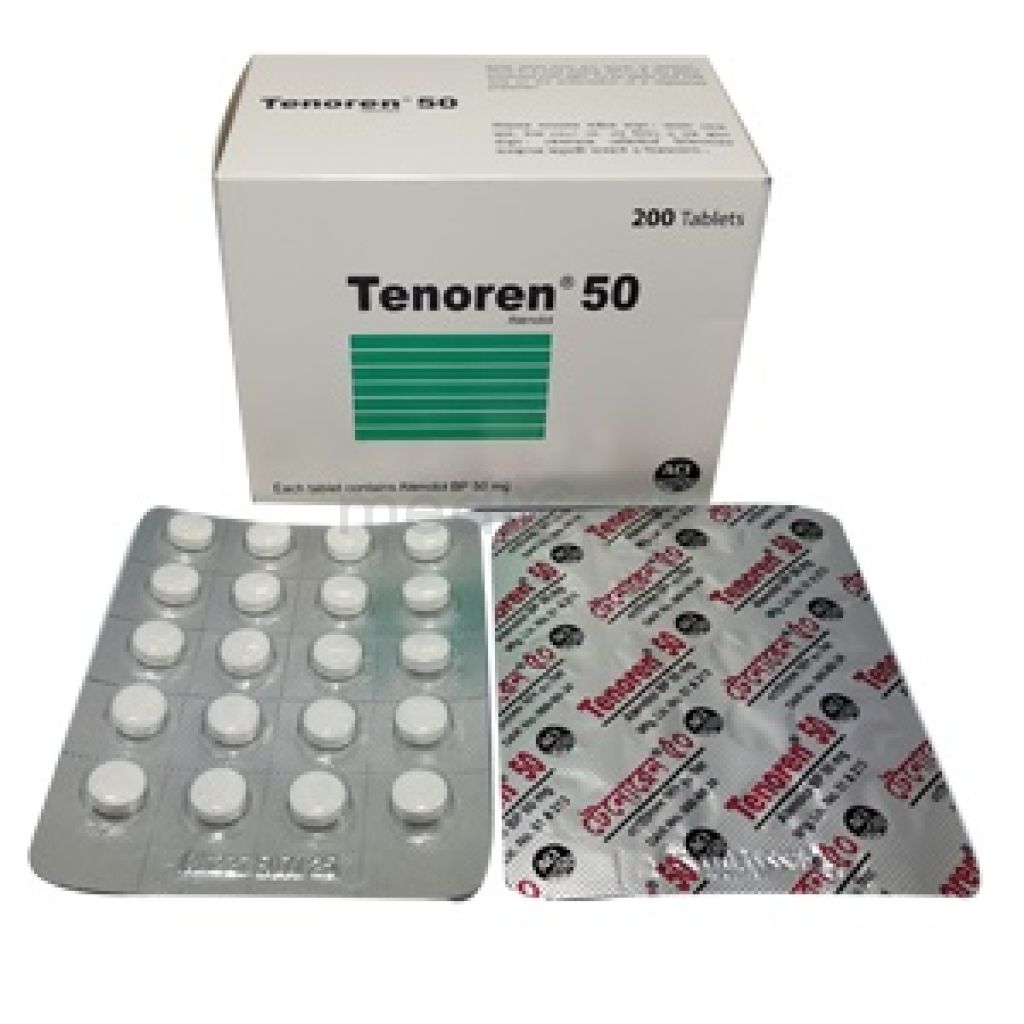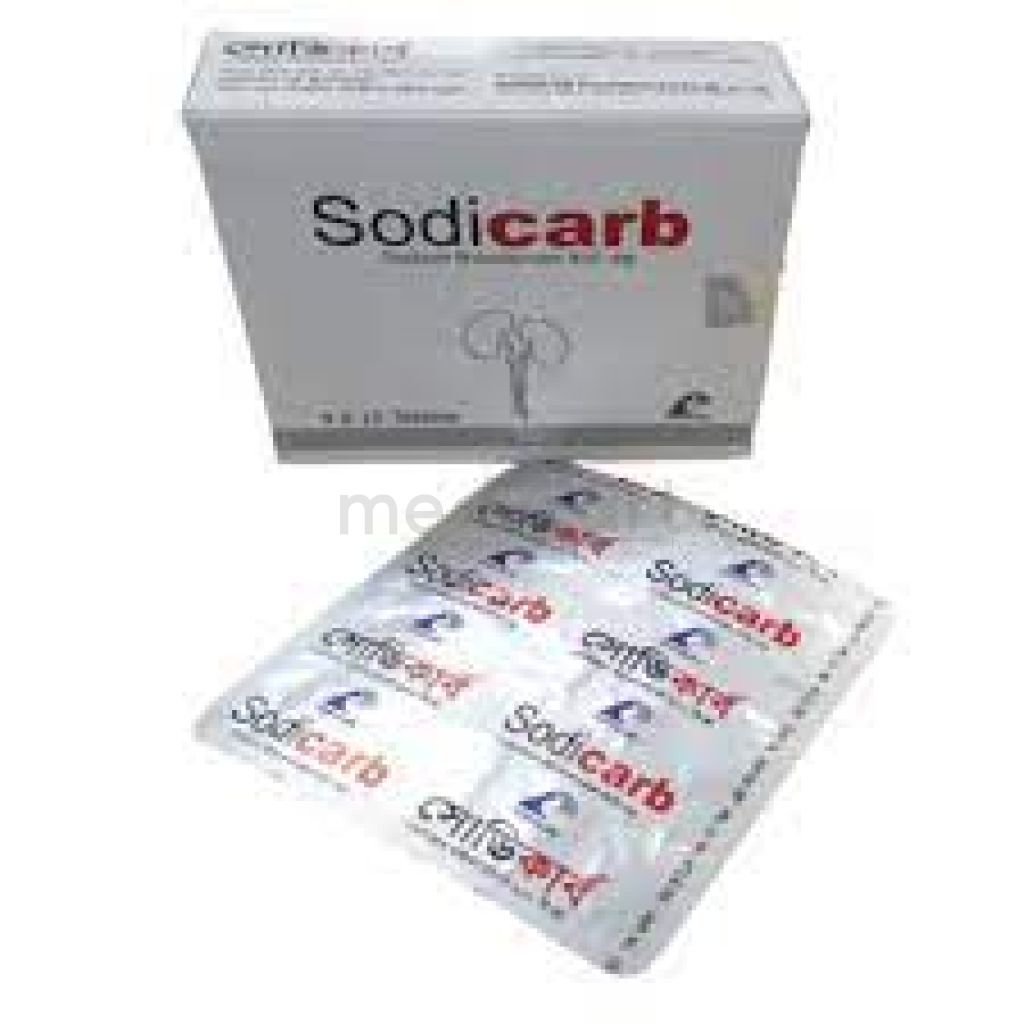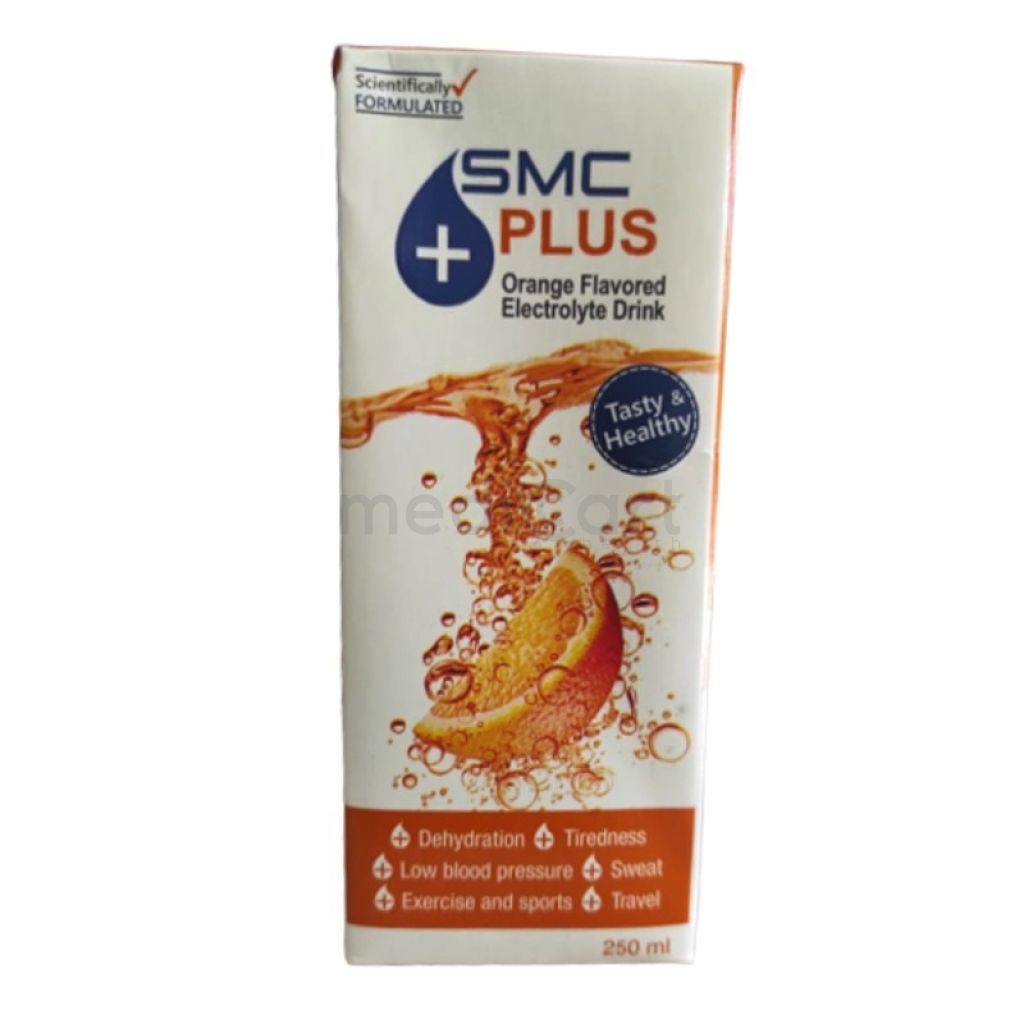

Tenoren - 100mg
Tablet* Delivery will be done in Dhaka city only.
Alternative Product
More Information About - Tenoren - 100mg
Description
Generic Name
Atenolol
Precaution
Compensated heart failure. Variant angina, acute MI, DM; peripheral vascular disorders; hepatic and renal dysfunction; elderly patients, children. Lactation. If atenolol and clonidine are co-admin, then gradual withdrawal of clonidine should take place a few days after withdrawal of atenolol. Lactation: Drug enters breast milk; neonates born to mothers who are receiving atenolol at parturition or breastfeeding may be at risk for hypoglycemia and bradycardia; use with caution
Indication
Hypertension, Migraine, Arrhythmias, MI, Angina pectoris
Contra Indication
Hypersensitivity. Sinus bradycardia, sinus node dysfunction, heart block >1st degree, compensated cardiac failure, cardiogenic shock, bronchospastic diseases, peripheral vascular diseases. Pregnancy.
Dose
N/A
Side Effect
>10% Tiredness (13%) 1-10% Hypotension (10%),Bradycardia (8%),Cold extremities (0.5- 7%),Postural hypotension (2-4%),Depression (3%),Nausea (2-3%),Dreaming (2%),Drowsiness (2%),Diarrhea (1-2%),Fatigue (1-2%),Leg pain (1-2%),Lethargy (1-2%),Lightheadedness (1-2%),Vertigo (1-2%),Dyspnea (0.4-2%),2°/3° atrioventricular (AV) block (1%) Frequency Not Defined Hypotension, severe congestive heart failure (CHF), sick sinus syndrome, Catatonia, disorientation, emotional lability, hallucinations, headache, impaired performance on neuropsychometric tests, psychoses, short-term memory impairment, Purpura, rashes,Nausea, Thrombocytopenia, Elevated serum hepatic enzymes and bilirubin, Impotence, Peyronie disease, Antinuclear antibodies (ANA), lupus syndrome, Visual disturbances, xerophthalmia, Raynaud phenomenon Potentially Fatal: Heart failure, 2nd or 3rd degree AV block.
Pregnancy Category
Name : D
Description
There is positive evidence of human fetal risk based on adverse reaction data from investigational or marketing experience or studies in humans, but potential benefits may warrant use of the drug in pregnant women despite potential risks.Mode of Action
Atenolol is a competitive cardioselective beta1-blocker and does not have effect on ?beta2-receptors except in high doses. It reduces resting and exercise-induced heart rate as well as myocardial contractility.
Interaction
Concomitant admin w/ reserpine may increase hypotension and bradycardia. Additive w/ Ca channel blockers, hydralazine, methyldopa. Increased risk of bradycardia and heart block w/ verapamil and diltiazem. May decrease hypotensive effects w/ NSAIDs (e.g. indometacin). Enhanced bradycardic effect w/ disopyramide, amiodarone or digitalis glycosides. May exacerbate rebound HTN upon discontinuance of clonidine treatment.
Pregnancy Category Note
Pregnancy category: D Lactation: Drug enters breast milk; neonates born to mothers who are receiving atenolol at parturition or breastfeeding may be at risk for hypoglycemia and bradycardia; use with caution
Adult Dose
Adult Hypertension 25-50 mg/day PO initially; may be increased to 100 mg/day PO Angina Pectoris 50 mg/day PO; after 1 week, may be increased to 100 mg/day PO; some patients may require 200 mg/day Post Myocardial Infarction Secondary prevention 100 mg PO once daily or divided q12hr for 6-9 days after myocardial infarction (MI) Elderly May be necessary to initiate dosing at 25 mg/day PO Hypertension 25 mg/day PO initially; may be increased to 100 mg/day PO Angina Pectoris 25 mg/day PO; after 1 week, may be increased to 100 mg/day; some patients may require 200 mg/day Post Myocardial Infarction Secondary prevention 100 mg PO once daily or divided q12hr for 6-9 days after MI
Child Dose
N/A
Renal Dose
Renal impairment: CrCl (ml/min) <15 25 mg or 50 mg on alternate days. 15-35 50 mg/day. Dialysis patients 25-50 mg after each dialysis.
Administration
May be taken with or without food.
Disclaimer
The information provided herein are for informational purposes only and not intended to be a substitute for professional medical advice, diagnosis, or treatment. Please note that this information should not be treated as a replacement for physical medical consultation or advice. Great effort has been placed to provide accurate and comprehensive data. However, Medicart along with its authors and editors make no representations or warranties and specifically disclaim all liability for any medical information provided on the site. The absence of any information and/or warning to any drug shall not be considered and assumed as an implied assurance of the Company.









